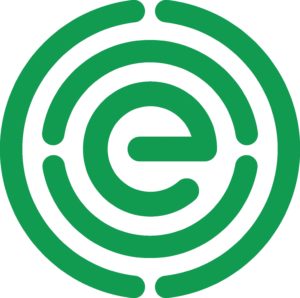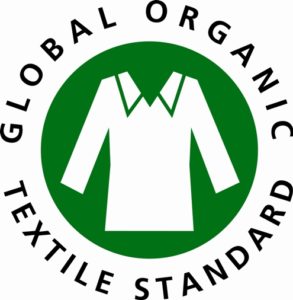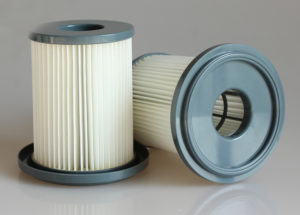Worried about Air Pollution? Look Inside.

The average American spends so much time indoors. Rather too bad, but that’s the reality for most of us. With the onset of winter, it’s gonna be truer.
Catching my attention lately was the quote: “According to the [EPA], the air inside our homes can be more polluted than outside air in large cities.” (No, seriously.)
 Well, there’s a new-ish guide to help you determine what you can, or shouldn’t be doing when renovating or furnishing your house. It’s put out by EWG which I first blogged about several years ago.
Well, there’s a new-ish guide to help you determine what you can, or shouldn’t be doing when renovating or furnishing your house. It’s put out by EWG which I first blogged about several years ago.
From its website linked here: “We are a non-profit, non-partisan organization dedicated to protecting human health and the environment.”
“We work for you. Do you know what’s in your tap water? What about your shampoo? What’s lurking in the cleaners underneath your sink? What pesticides are on your food?”
What makes EWG very credible is its funding sources; foundations and individuals. No funding of studies by Cargill or Monsanto ergo no potential “merchants of doubt” skewing the research or resulting conversations.
EWG’s Healthy Living: Home Guide considers health risks in every room of your humble abode. 21 categories of home improvement needs/wants are offered. Dry wall to bed mattresses.
About mattresses, the guide states: “Most…on the market are full of chemicals that can pollute your bedroom air and harm your body.” Heh, talk about a good night’s sleep gone missing?
 What harmful components can be “baked in” is too depressing to list. If you see this GOTS seal, good to go. To earn this certification, the mattress cannot be made of polyurethane foam or contain a number of hazardous chemicals used in many.
What harmful components can be “baked in” is too depressing to list. If you see this GOTS seal, good to go. To earn this certification, the mattress cannot be made of polyurethane foam or contain a number of hazardous chemicals used in many.
Want a latex-based mattress? Could be a good choice is you find one that’s made of 100% natural latex. That would leave you sleeping on something that’s “highly resistive to mold and dust mites”. Look for the Global Organic Latex Standard, or GOLS, for certified organic latex.
Wish I’d known about this EWG work when buying a new mattress about 6 months ago. I might be afraid to look now.
If you haven’t informed yourself of what low VOCs are and in which home improvement products they may lurk, check out the guide before buying drywall, carpet, paint, caulk–a whole host of supplies the use of which might adversely affect your or your family’s health.
 You allergy sufferers surely own a vacuum cleaner armed with a HEPA filter? Chances are much improved that the building where you work is being cleaned with HEPA vacuum cleaners as pros like me strongly endorse their use.
You allergy sufferers surely own a vacuum cleaner armed with a HEPA filter? Chances are much improved that the building where you work is being cleaned with HEPA vacuum cleaners as pros like me strongly endorse their use.
Are packaged wipes what you use to clean off surfaces? Consider getting rid of ’em. You can mix your own cleaner using a combo of tap water and white vinegar. Then apply to a microfiber cloth. If you’d rather buy green cleaners, they’re rated in EWG’s guide.
Got mold or evidence of mildew in your bathroom? In the shower tile grout? EWG’s just recommended “CLR Mold & Mildew Stain Remover”. Not perfect–gets only a “B” rating. But, wait. There’s an “A”-rated product: “Attitude Bathroom Mold & Mildew Cleaner.” Might have to go online for it.
As the article I saw in the health section of the Washington Post concludes: “True to its name, the EWG’s Healthy Home guide “…is kind of a twofer, offering quick consumer advice that can both improve indoor air quality and help save nonrenewable sources outside the home.”
What could make the guide more useful? How ’bout offering it in a smart phone app?
Done!